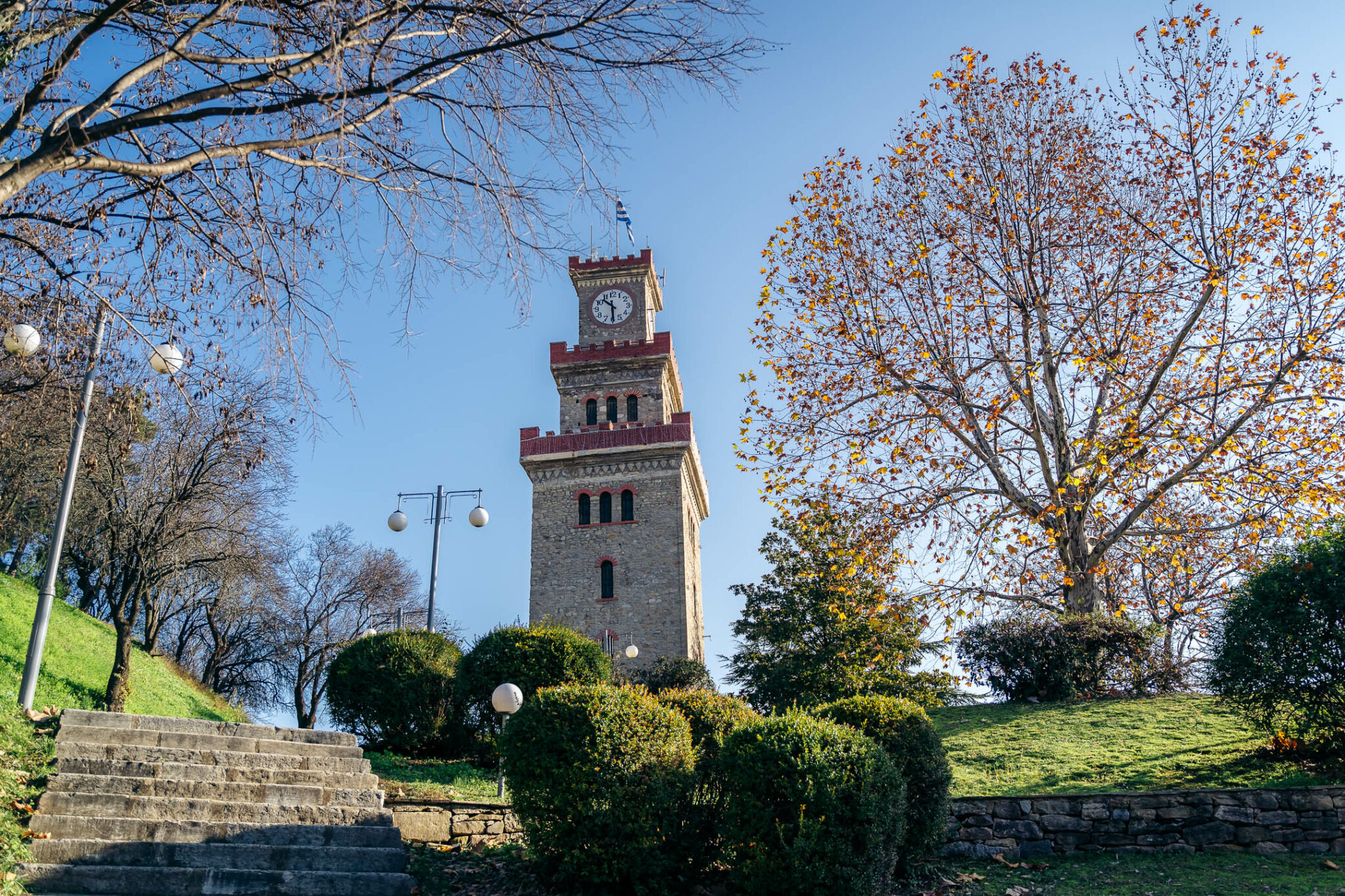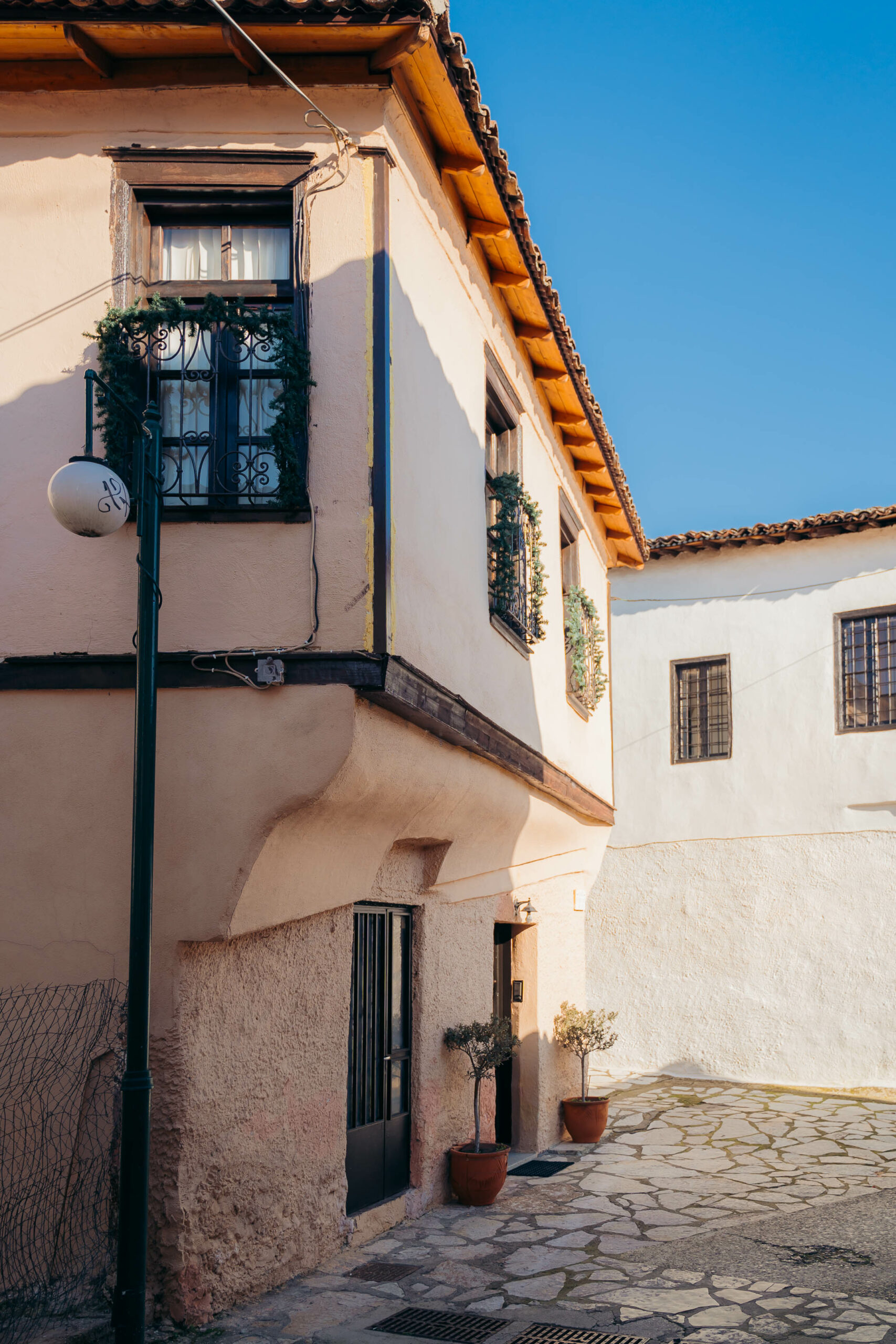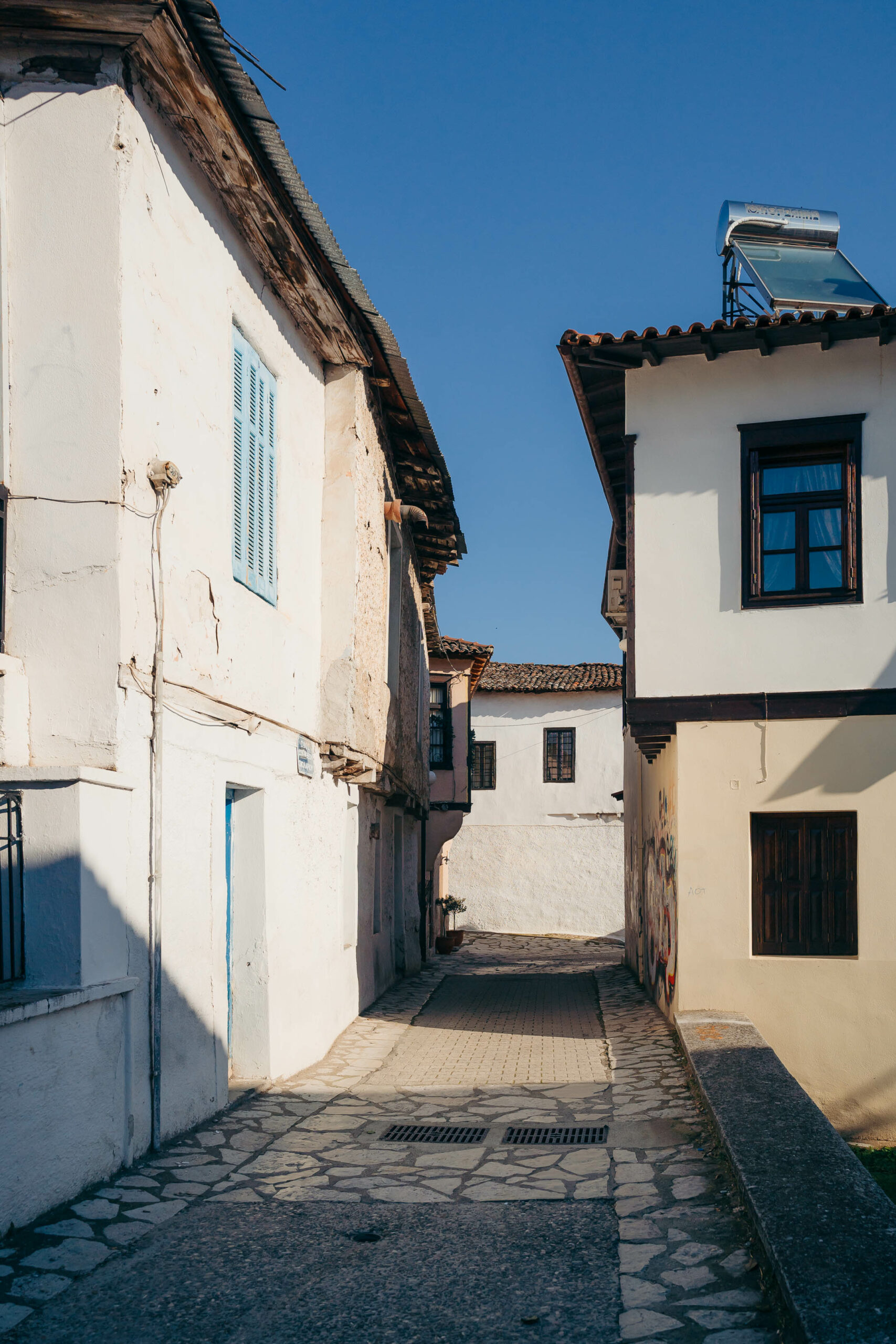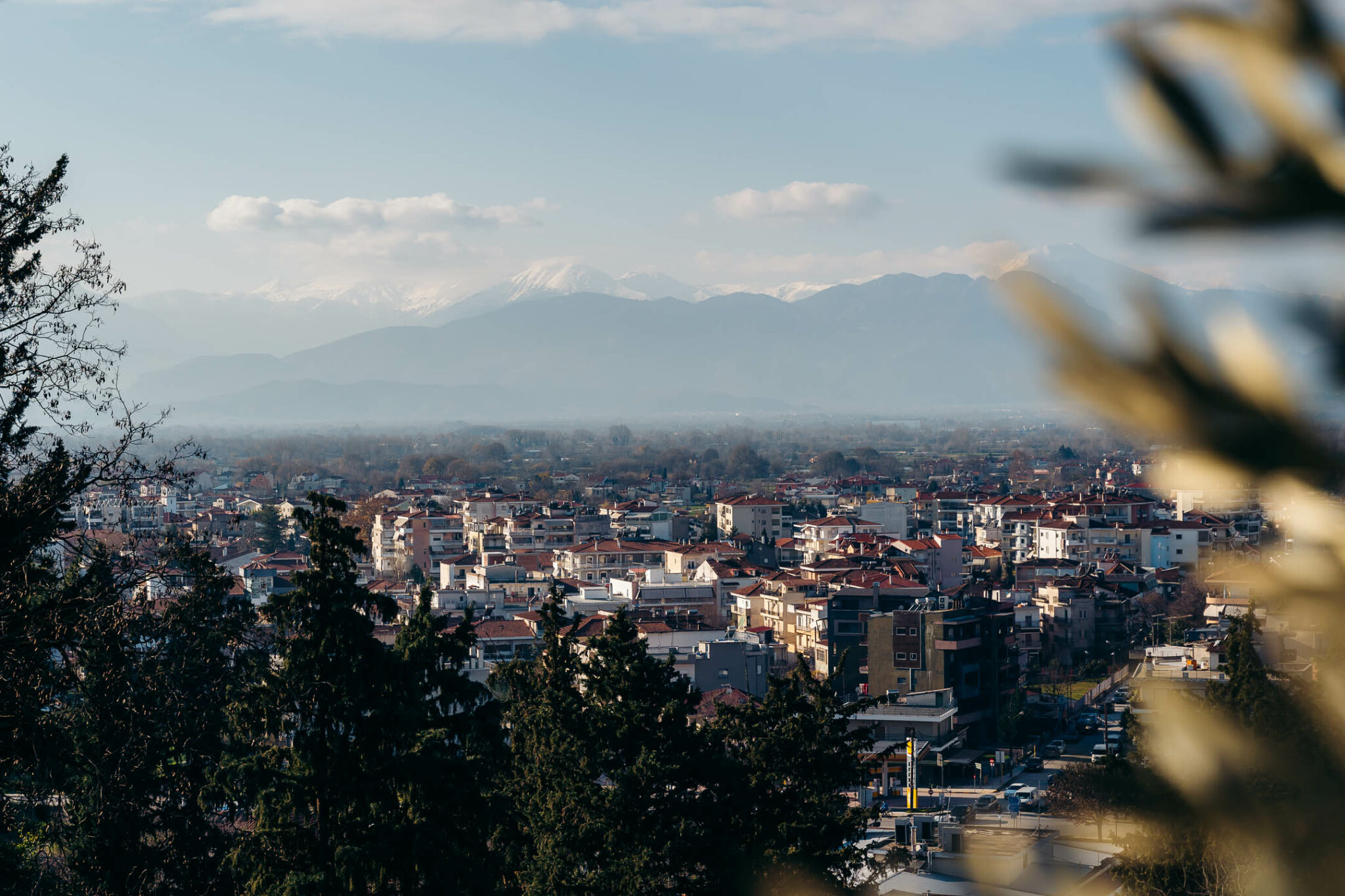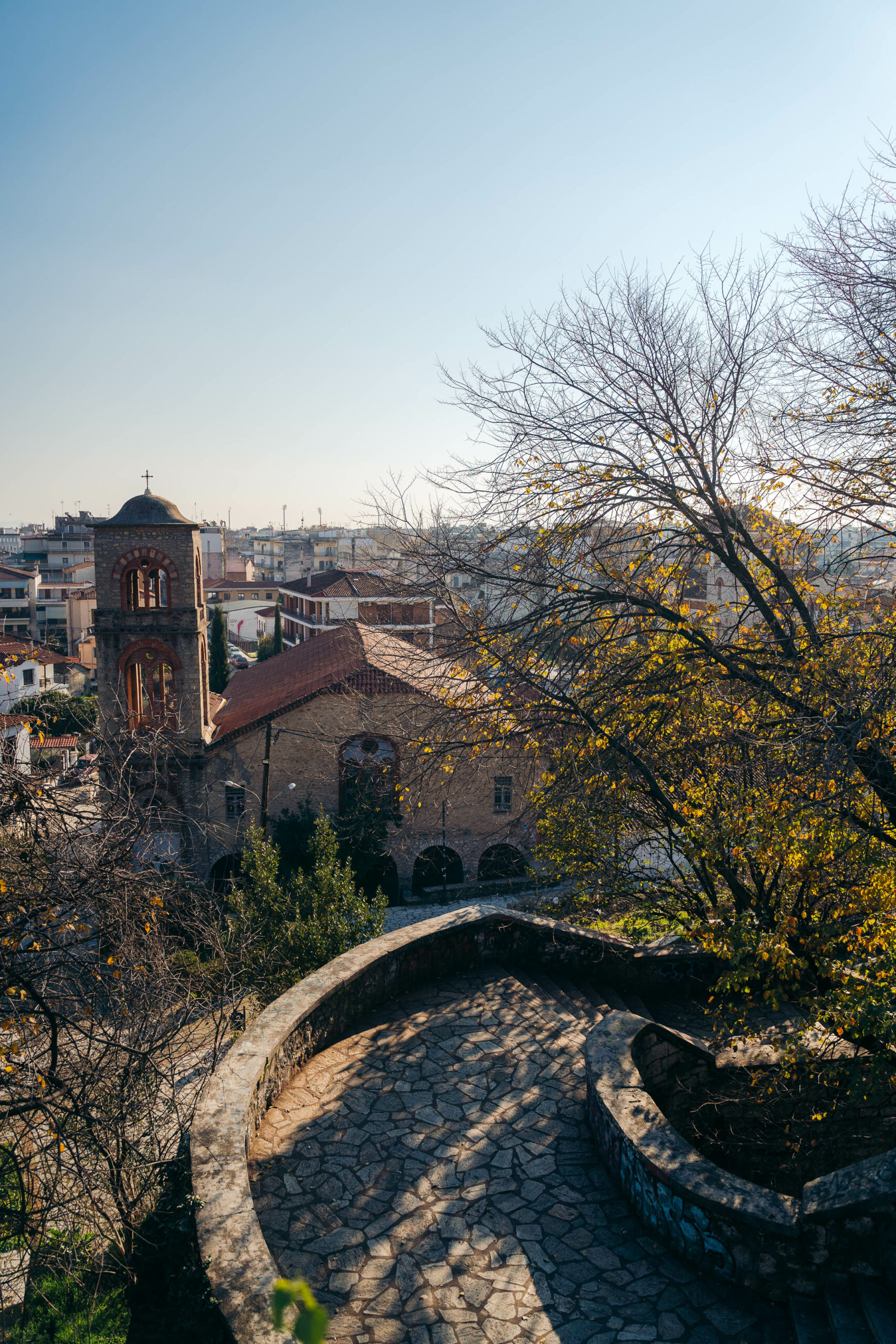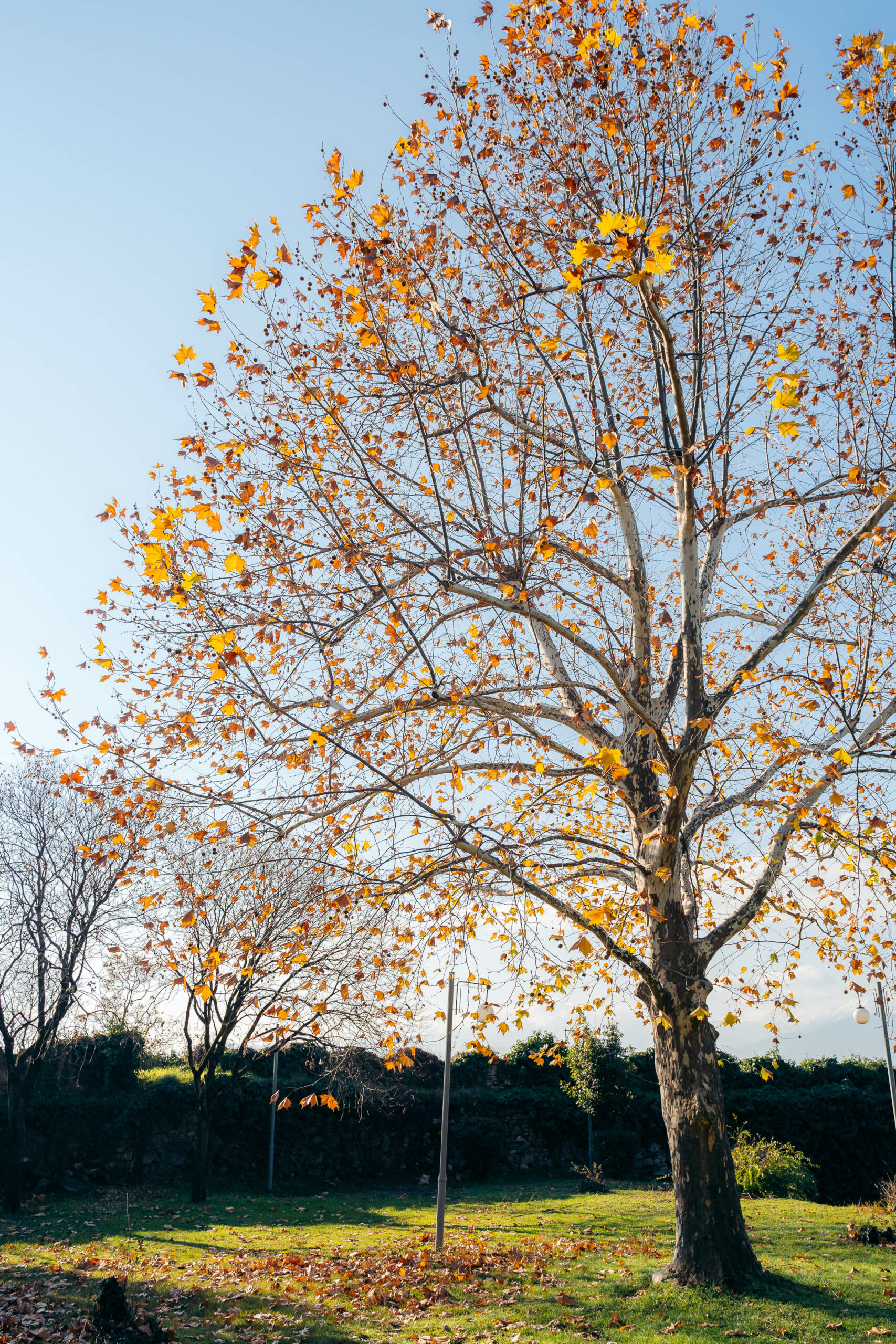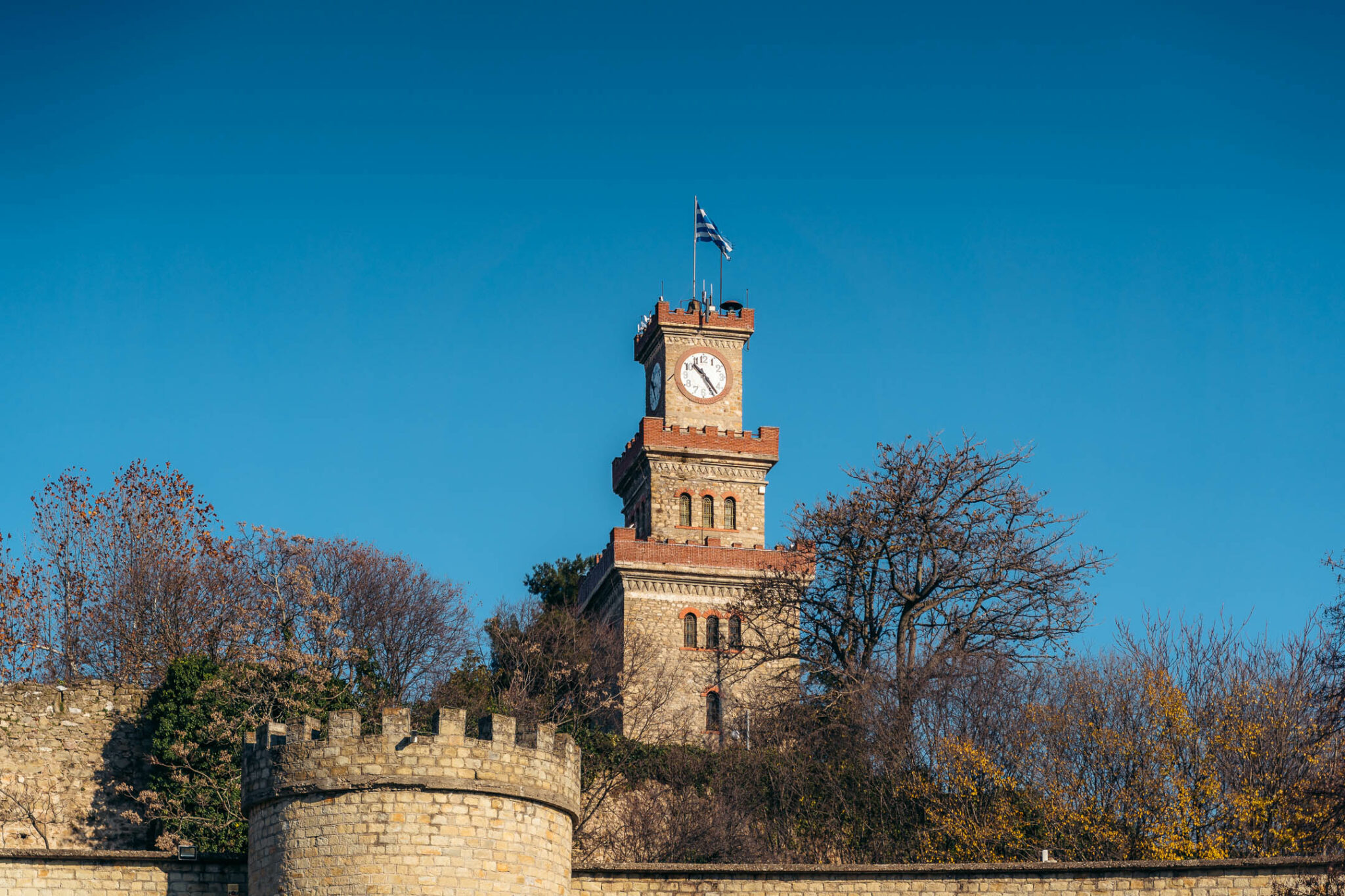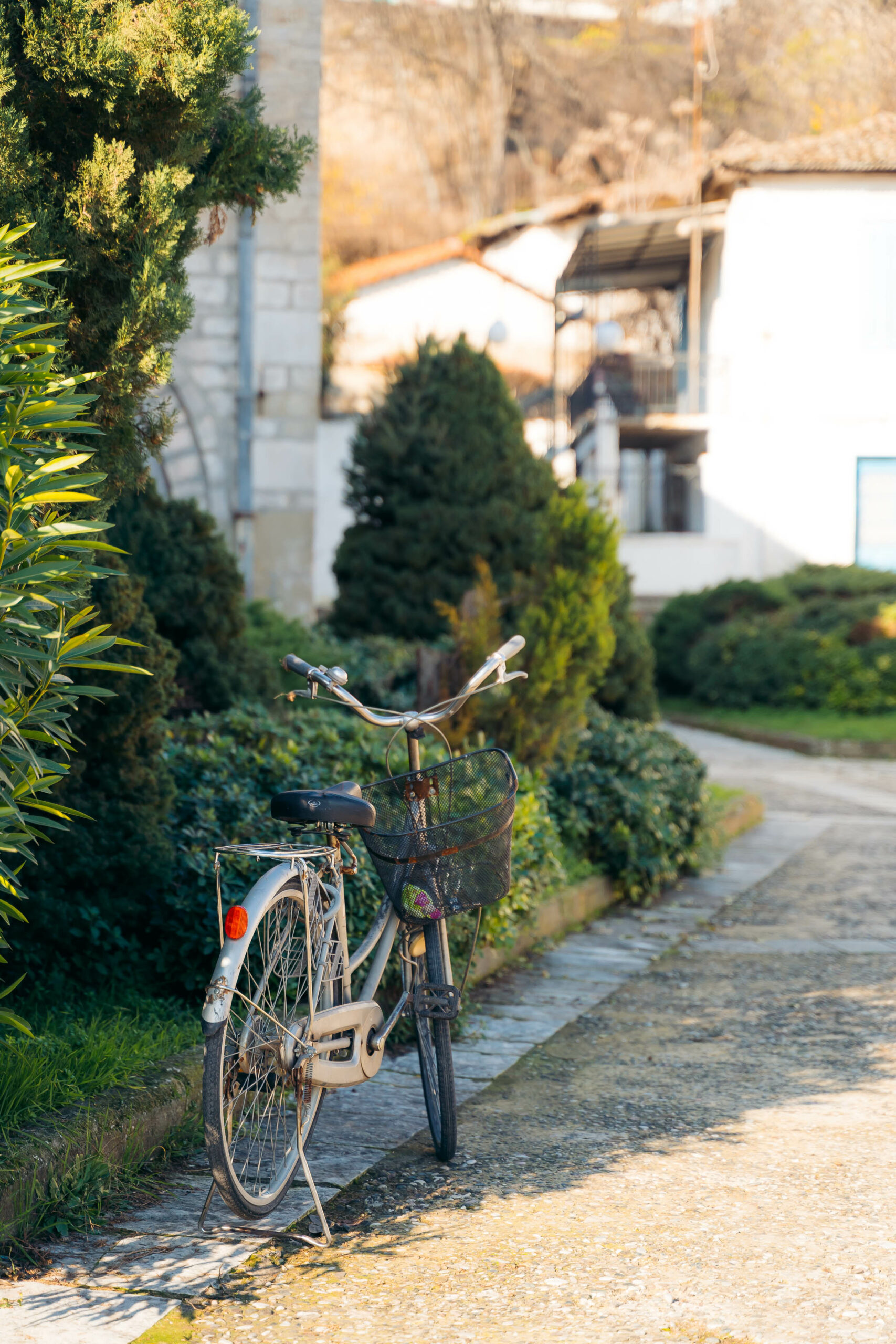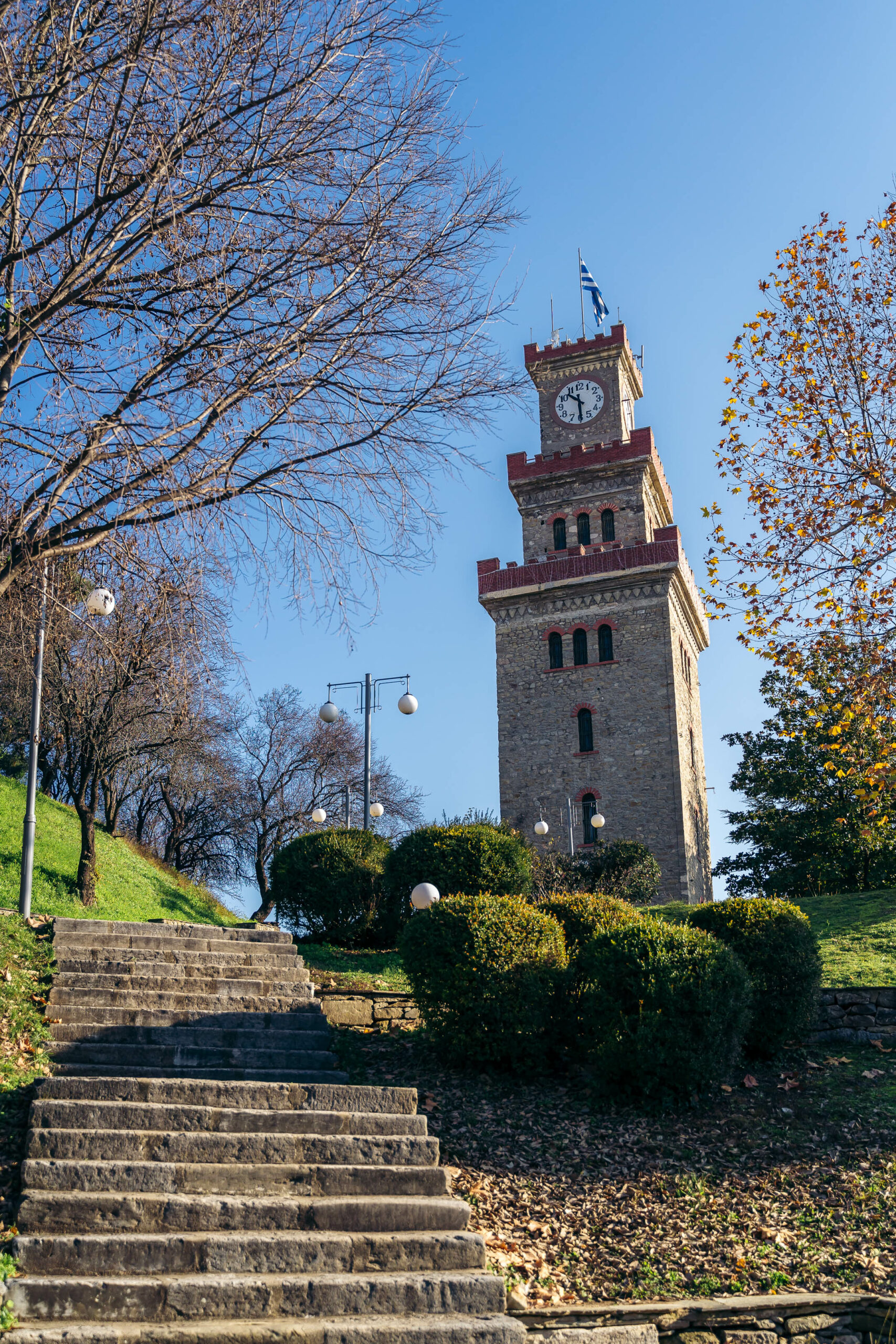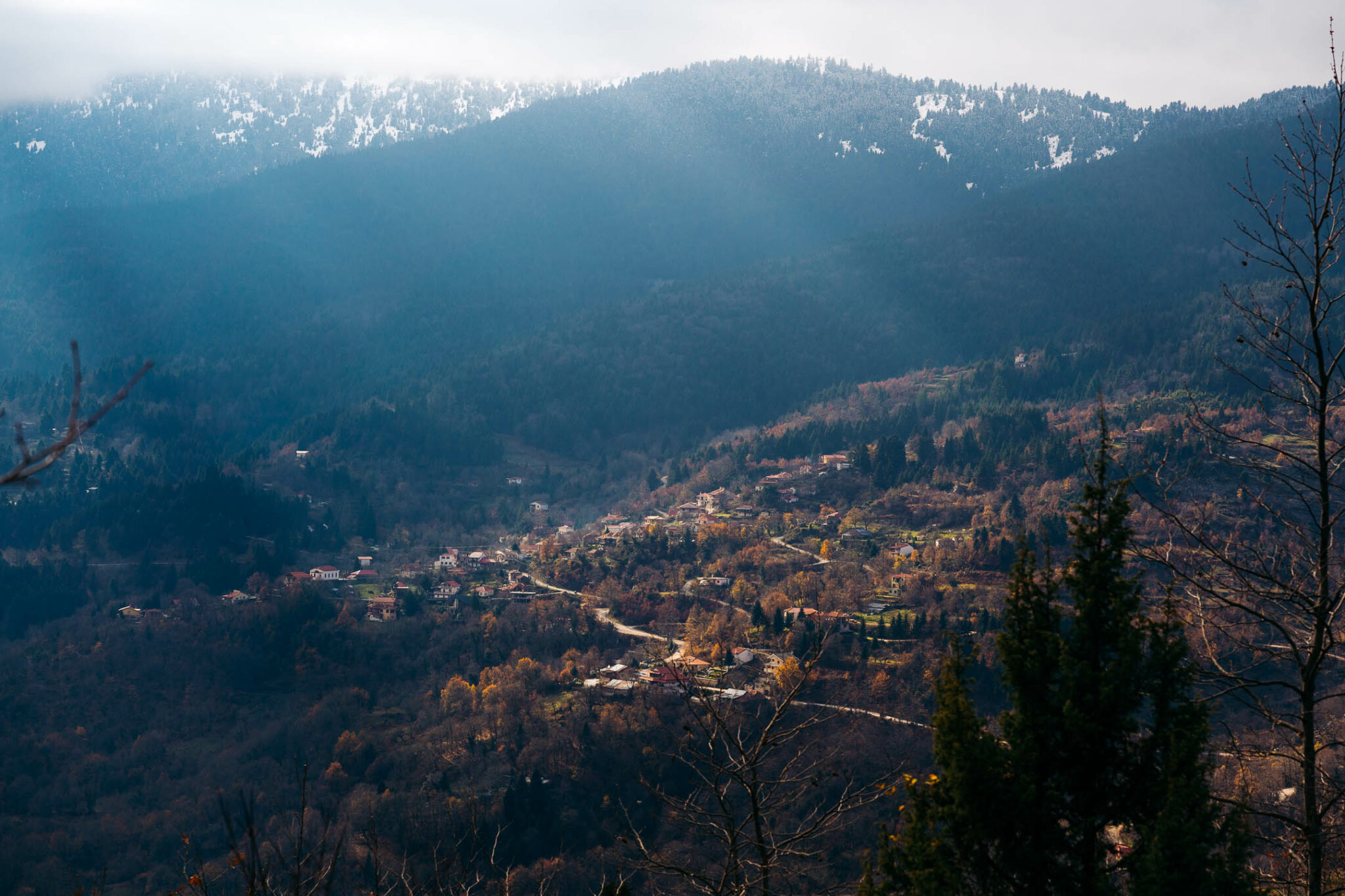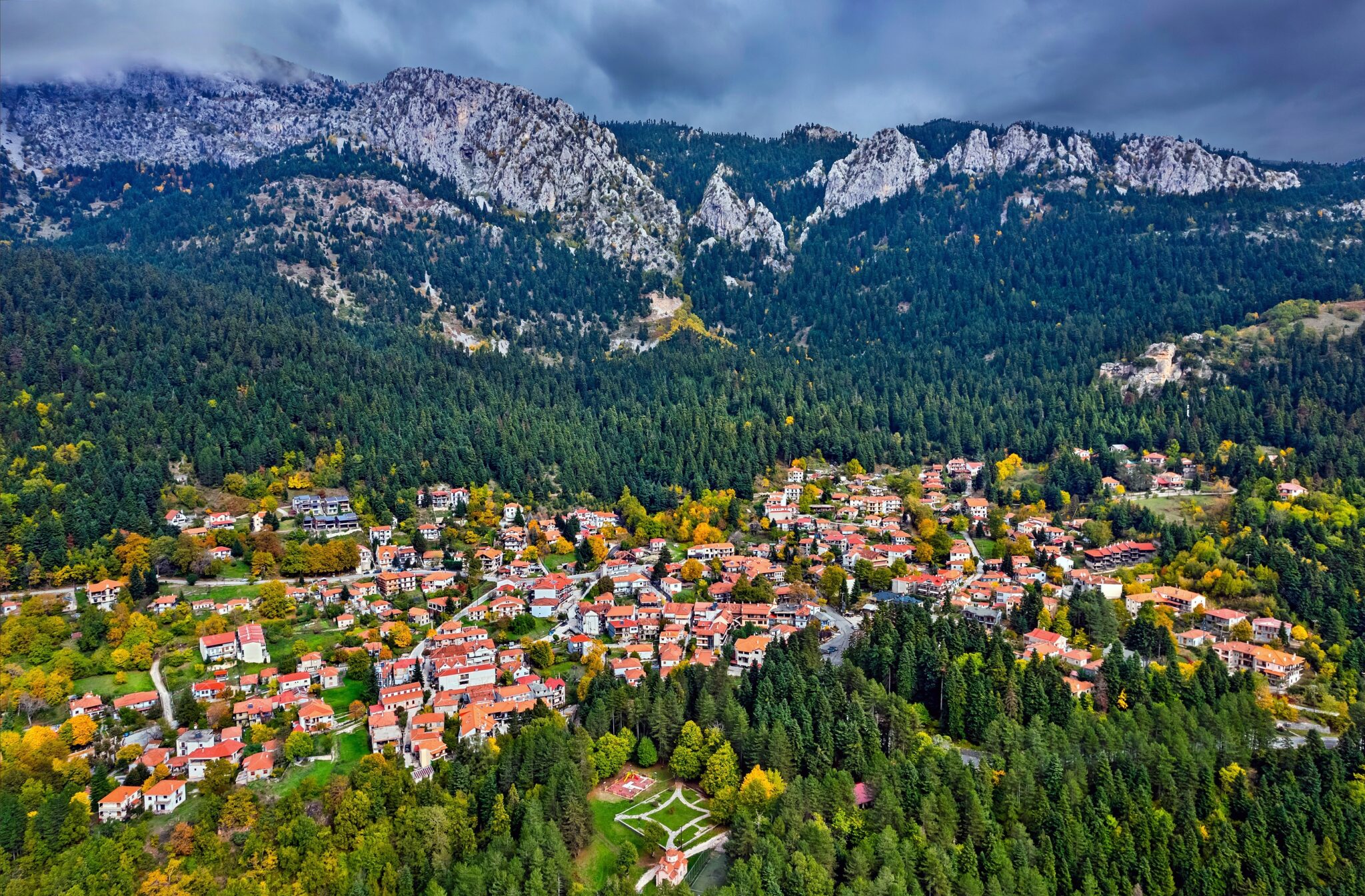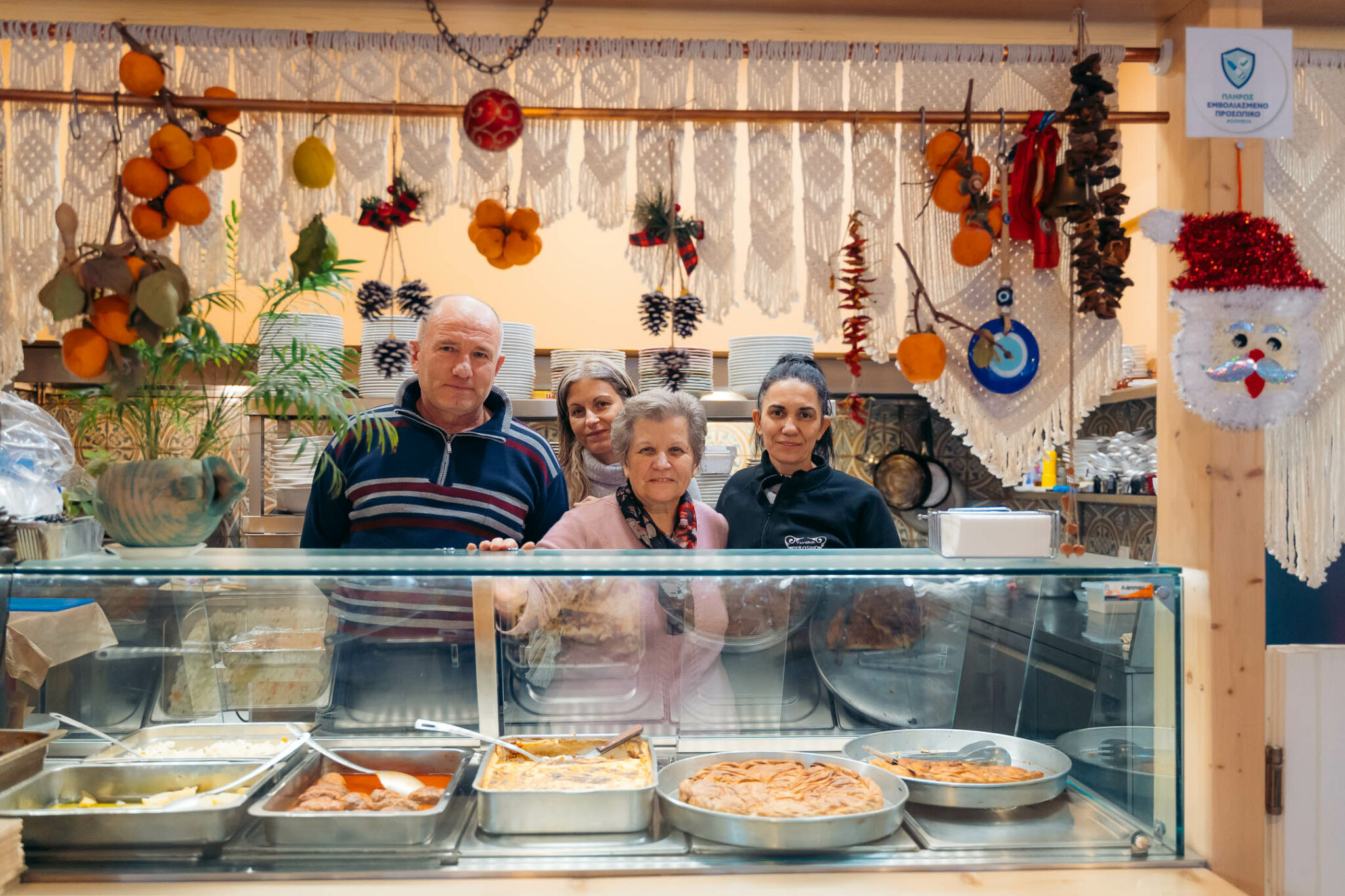array(1) {
[0]=>
array(5) {
["file"]=>
array(24) {
["ID"]=>
int(62334)
["id"]=>
int(62334)
["title"]=>
string(16) "varousi-synoikia"
["filename"]=>
string(27) "varousi-synoikia-scaled.jpg"
["filesize"]=>
int(781332)
["url"]=>
string(76) "https://www.travel.gr/wp-content/uploads/2022/01/varousi-synoikia-scaled.jpg"
["link"]=>
string(42) "https://www.travel.gr/en/varousi-synoikia/"
["alt"]=>
string(0) ""
["author"]=>
string(1) "8"
["description"]=>
string(21) "Photo: Amalia Kovaiou"
["caption"]=>
string(0) ""
["name"]=>
string(16) "varousi-synoikia"
["status"]=>
string(7) "inherit"
["uploaded_to"]=>
int(0)
["date"]=>
string(19) "2022-01-10 15:38:43"
["modified"]=>
string(19) "2022-01-11 12:39:10"
["menu_order"]=>
int(0)
["mime_type"]=>
string(10) "image/jpeg"
["type"]=>
string(5) "image"
["subtype"]=>
string(4) "jpeg"
["icon"]=>
string(58) "https://www.travel.gr/wp-includes/images/media/default.png"
["width"]=>
int(1707)
["height"]=>
int(2560)
["sizes"]=>
array(18) {
["thumbnail"]=>
string(77) "https://www.travel.gr/wp-content/uploads/2022/01/varousi-synoikia-150x150.jpg"
["thumbnail-width"]=>
int(150)
["thumbnail-height"]=>
int(150)
["medium"]=>
string(77) "https://www.travel.gr/wp-content/uploads/2022/01/varousi-synoikia-200x300.jpg"
["medium-width"]=>
int(200)
["medium-height"]=>
int(300)
["medium_large"]=>
string(78) "https://www.travel.gr/wp-content/uploads/2022/01/varousi-synoikia-768x1152.jpg"
["medium_large-width"]=>
int(768)
["medium_large-height"]=>
int(1152)
["large"]=>
string(78) "https://www.travel.gr/wp-content/uploads/2022/01/varousi-synoikia-683x1024.jpg"
["large-width"]=>
int(683)
["large-height"]=>
int(1024)
["1536x1536"]=>
string(79) "https://www.travel.gr/wp-content/uploads/2022/01/varousi-synoikia-1024x1536.jpg"
["1536x1536-width"]=>
int(1024)
["1536x1536-height"]=>
int(1536)
["2048x2048"]=>
string(79) "https://www.travel.gr/wp-content/uploads/2022/01/varousi-synoikia-1365x2048.jpg"
["2048x2048-width"]=>
int(1365)
["2048x2048-height"]=>
int(2048)
}
}
["desc"]=>
bool(true)
["image_position"]=>
string(6) "center"
["image_link_to"]=>
string(0) ""
["open_link_in_new_tab"]=>
bool(false)
}
}
Churches and history
Some of the city’s most historic churches are located in the Varousi district. Their history stretches back a long way, to the Byzantine era. Agios Ioannis, from the 14th century, is the oldest of these churches, Agia Episkepsi is dated back to 1543, and, from the same century, Agios Dimitrios, constructed in 1580, features 17th century murals. Its altarpiece was reconstructed in 1839. The year during which Agion Anargiron church was originally constructed remains unknown, but the place of worship was fully renovated, with icons, in 1575. This church, it is believed, was built over the archaeological site of ancient Trikke. It is also worth mentioning that older Trikala churches are less conspicuous as they do not feature architectural elements that set them apart. The Christian community had no leeway for religious freedom during the early period of Ottoman rule.
array(1) {
[0]=>
array(5) {
["file"]=>
array(24) {
["ID"]=>
int(62299)
["id"]=>
int(62299)
["title"]=>
string(31) "ieros-naos-panagias-faneromenis"
["filename"]=>
string(42) "ieros-naos-panagias-faneromenis-scaled.jpg"
["filesize"]=>
int(1313910)
["url"]=>
string(91) "https://www.travel.gr/wp-content/uploads/2022/01/ieros-naos-panagias-faneromenis-scaled.jpg"
["link"]=>
string(57) "https://www.travel.gr/en/ieros-naos-panagias-faneromenis/"
["alt"]=>
string(0) ""
["author"]=>
string(1) "8"
["description"]=>
string(21) "Photo: Amalia Kovaiou"
["caption"]=>
string(0) ""
["name"]=>
string(31) "ieros-naos-panagias-faneromenis"
["status"]=>
string(7) "inherit"
["uploaded_to"]=>
int(0)
["date"]=>
string(19) "2022-01-10 15:09:16"
["modified"]=>
string(19) "2022-01-11 12:41:41"
["menu_order"]=>
int(0)
["mime_type"]=>
string(10) "image/jpeg"
["type"]=>
string(5) "image"
["subtype"]=>
string(4) "jpeg"
["icon"]=>
string(58) "https://www.travel.gr/wp-includes/images/media/default.png"
["width"]=>
int(1707)
["height"]=>
int(2560)
["sizes"]=>
array(18) {
["thumbnail"]=>
string(92) "https://www.travel.gr/wp-content/uploads/2022/01/ieros-naos-panagias-faneromenis-150x150.jpg"
["thumbnail-width"]=>
int(150)
["thumbnail-height"]=>
int(150)
["medium"]=>
string(92) "https://www.travel.gr/wp-content/uploads/2022/01/ieros-naos-panagias-faneromenis-200x300.jpg"
["medium-width"]=>
int(200)
["medium-height"]=>
int(300)
["medium_large"]=>
string(93) "https://www.travel.gr/wp-content/uploads/2022/01/ieros-naos-panagias-faneromenis-768x1152.jpg"
["medium_large-width"]=>
int(768)
["medium_large-height"]=>
int(1152)
["large"]=>
string(93) "https://www.travel.gr/wp-content/uploads/2022/01/ieros-naos-panagias-faneromenis-683x1024.jpg"
["large-width"]=>
int(683)
["large-height"]=>
int(1024)
["1536x1536"]=>
string(94) "https://www.travel.gr/wp-content/uploads/2022/01/ieros-naos-panagias-faneromenis-1024x1536.jpg"
["1536x1536-width"]=>
int(1024)
["1536x1536-height"]=>
int(1536)
["2048x2048"]=>
string(94) "https://www.travel.gr/wp-content/uploads/2022/01/ieros-naos-panagias-faneromenis-1365x2048.jpg"
["2048x2048-width"]=>
int(1365)
["2048x2048-height"]=>
int(2048)
}
}
["desc"]=>
bool(true)
["image_position"]=>
string(6) "center"
["image_link_to"]=>
string(0) ""
["open_link_in_new_tab"]=>
bool(false)
}
}
The fortress
The Byzantine castle of Trikala, also known as a fortress, was built over the ruins of the ancient city Trikke by Byzantine Emperor Justinian I in the 6th century AD. The structure was used as a fortress during the period of Ottoman rule, when it was restored. Its iron gate is situated at the first of three tiers. The structure is free to enter. A café operates inside the castle, which offers direct access to the old district Varousi, via a descending route.
array(1) {
[0]=>
array(5) {
["file"]=>
array(24) {
["ID"]=>
int(62336)
["id"]=>
int(62336)
["title"]=>
string(15) "varousi-trikala"
["filename"]=>
string(26) "varousi-trikala-scaled.jpg"
["filesize"]=>
int(881428)
["url"]=>
string(75) "https://www.travel.gr/wp-content/uploads/2022/01/varousi-trikala-scaled.jpg"
["link"]=>
string(41) "https://www.travel.gr/en/varousi-trikala/"
["alt"]=>
string(0) ""
["author"]=>
string(1) "8"
["description"]=>
string(21) "Photo: Amalia Kovaiou"
["caption"]=>
string(0) ""
["name"]=>
string(15) "varousi-trikala"
["status"]=>
string(7) "inherit"
["uploaded_to"]=>
int(0)
["date"]=>
string(19) "2022-01-10 15:42:00"
["modified"]=>
string(19) "2022-01-11 12:45:02"
["menu_order"]=>
int(0)
["mime_type"]=>
string(10) "image/jpeg"
["type"]=>
string(5) "image"
["subtype"]=>
string(4) "jpeg"
["icon"]=>
string(58) "https://www.travel.gr/wp-includes/images/media/default.png"
["width"]=>
int(1707)
["height"]=>
int(2560)
["sizes"]=>
array(18) {
["thumbnail"]=>
string(76) "https://www.travel.gr/wp-content/uploads/2022/01/varousi-trikala-150x150.jpg"
["thumbnail-width"]=>
int(150)
["thumbnail-height"]=>
int(150)
["medium"]=>
string(76) "https://www.travel.gr/wp-content/uploads/2022/01/varousi-trikala-200x300.jpg"
["medium-width"]=>
int(200)
["medium-height"]=>
int(300)
["medium_large"]=>
string(77) "https://www.travel.gr/wp-content/uploads/2022/01/varousi-trikala-768x1152.jpg"
["medium_large-width"]=>
int(768)
["medium_large-height"]=>
int(1152)
["large"]=>
string(77) "https://www.travel.gr/wp-content/uploads/2022/01/varousi-trikala-683x1024.jpg"
["large-width"]=>
int(683)
["large-height"]=>
int(1024)
["1536x1536"]=>
string(78) "https://www.travel.gr/wp-content/uploads/2022/01/varousi-trikala-1024x1536.jpg"
["1536x1536-width"]=>
int(1024)
["1536x1536-height"]=>
int(1536)
["2048x2048"]=>
string(78) "https://www.travel.gr/wp-content/uploads/2022/01/varousi-trikala-1365x2048.jpg"
["2048x2048-width"]=>
int(1365)
["2048x2048-height"]=>
int(2048)
}
}
["desc"]=>
bool(true)
["image_position"]=>
string(6) "center"
["image_link_to"]=>
string(0) ""
["open_link_in_new_tab"]=>
bool(false)
}
}
Iconic Clock Tower
The Iconic Tower, situated at the second tier, is 33 metres tall. A city landmark, it was installed by the Ottomans in the 17th century, equipped with a bell weighing 650 kilograms. In the mid-1930s, the then-mayor decided to install a new clock. A small theatre located below the clock tower nowadays hosts cultural events. The top tier features an inner fortress, or Its Kale, which represented the last line of defense. The existing building with the tiled roof served as a powder house. It is believed that an underground tunnel beginning from here ran for a number of kilometres, to Kalabaka, and was used as a getaway route if plans had gone awry.



